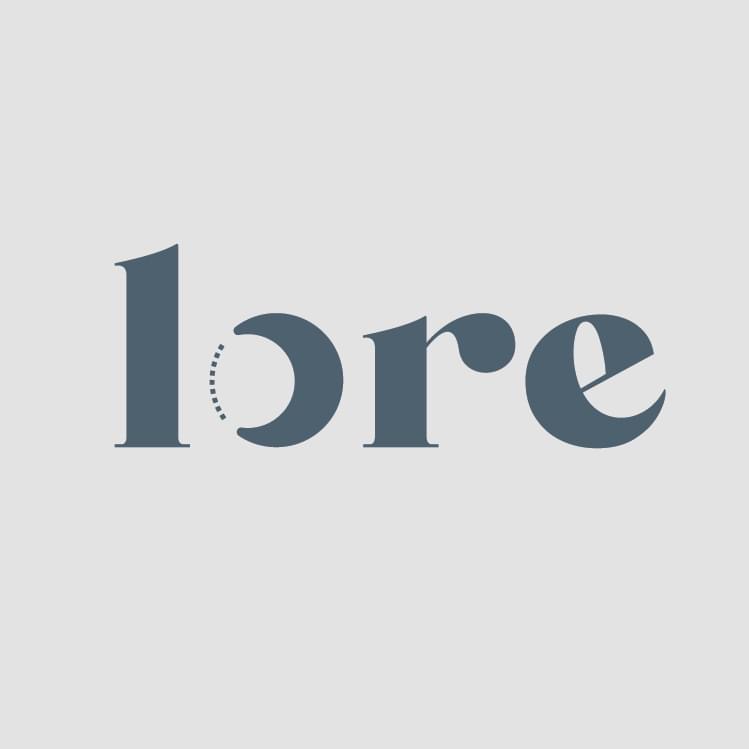What makes for a good Logo?
- Lore White
- Apr 10, 2023
- 2 min read

So let's talk about Logo Design, shall we? As a branding specialist, it's one of my favourite things to design. A simple graphic can say so much. I don't know about you, but I've often kept walking past a shop if their overall branding feel was naff. Have you? If you're considering branding or rebranding, you definitely want to consider a few things before you go with a logo, after all, it represents your business and your future 'brand'. You want it to look current, bold, simple and to convey the correct message. 1. Simplicity A logo should be short and sweet. Something that says everything you want to say in a glance, without being too wordy. Too many elements become confusing, as do too many colours. A simple logo design allows for easy recognition and allows the logo to be versatile & memorable. Good logos feature something unique without being over done. 2. Timeless An excellent logo should be timeless – meaning, the logo still be effective in years to come. 3. Versatile An effective logo should be able to work across a variety of mediums and applications. The logo should be functional. It's for this reason a logo should be designed as a vector format, to ensure that it can be scaled to suit whatever application required. Ask yourself the following questions, will my logo still be effective if it was: • Printed in one colour? • Printed on something large or small (will it be readable, visible?) • Printed in reverse (ie. light logo on dark background) A logo should look great in just black and white. You should also consider printing costs – the more colours used, the more expensive it will be for the business over the long term. If you're not familiar with print, its a good idea to familiarise yourself with CMYK (four colour process / paper printed colour) RGB (three colour / web colour) and PMS (Pantone Colours) When designing logos, the Pantone colour system is recommended. Why do you ask? It's all about consistency. CMYK colour looks different from printer to printer as does RGB from screen to screen. A Pantone Colour is taken from swatch booklet, so regardless who you decide to print with a PMS colour will always look the same. 5. Appropriate







Commentaires